Here at RealCraft, we're proud to offer a wood species called Sapele Mahogany. It's long been a customer favorite for its rich golden brown color, natural sheen, and excellent dimensional stability.
But there is also some confusion around the word 'mahogany'. This is because 'mahogany' is a term used for many species of wood. In this blog, we'll explain what distinguishes New World Mahogany from African Mahogany, and why we use Sapele instead (which falls into the African sub-category).
What is mahogany and why is it so valuable?
There are two species broadly considered to be 'genuine mahogany' and they are Cuban Mahogany and Honduran Mahogany. Today, Cuban Mahogany is all but wiped out, and only Honduran Mahogany remains.
Honduran Mahogany is renowned for its beautiful dark brown color, natural sheen, easy workability, and durability. The heartwood is resistant to termites, and very dimensionally stable--it doesn't shrink or swell as much as many other wood species. It has a radial shrinkage of 2.9% and tangential of 4.3%, which is pretty similar to Western Red Cedar.
Now, for some science info: Honduran Mahogany is part of the order Sapindales and family Meliaceae. This will matter when it comes to comparing other types of wood called 'mahogany' to the original.
What is African mahogany?
African mahogany is the name for trees that are very closely related to Honduran mahogany, with a slight difference. The term generally refers to trees in the Khaya genus or Entandrophragma genus, which are also within the order Sapindales and Meliaceae family of trees. In other words, African mahoganies are cousins of the New World types with similar characteristics. The trees within the Khaya genus are the most closely related substitutes, followed by Entandrophragma.
There are also many Asian or Australian wood species that people attempt to pass off as substitutes for mahogany, like "Philippine" or "Swamp" mahogany. These wood species are in a different scientific order and family, so they are 'mahogany' in name only. In fact, some of them are actually more closely related to eucalyptus trees!
What makes Sapele a good substitute for Honduran mahogany?
Sapele is a member of the Meliaceae family just like Honduran Mahogany. And we like Sapele because of its beautiful interlocked grain pattern. It glues and finishes well, just like genuine mahogany. It's also harder than genuine mahogany, and has a similar color and natural sheen.
There's another reason why we turn to Sapele as an alternative that's more practical: all genuine mahogany is classified as either vulnerable to extinction or endangered. It's currently under heavy restrictions and not easily imported. It's also very common for genuine mahogany to be harvested or imported illegally. Our Sapele is Forest Stewardship Council certified, meaning that the forests it's harvested from are being managed to preserve biodiversity. FSC certified forests are held to strict environmental, social, and economic standards.
Are there any other substitutes for genuine mahogany?
If you're looking for the most sustainable alternative possible without sacrificing that "luxury" feeling, we recommend either Cherry or Walnut. Both species are domestic hardwoods prized for rich coloration; Cherry leans red, while Walnut is a rich brown. These trees grow in abundance throughout the Eastern United States, so they don't cross oceans to get to you. Our paint-grade hardwood, Red Grandis, can also be stained darker to imitate the color of mahogany, although the grain pattern won't be the same.
If you have any other questions about Sapele, please leave a comment!


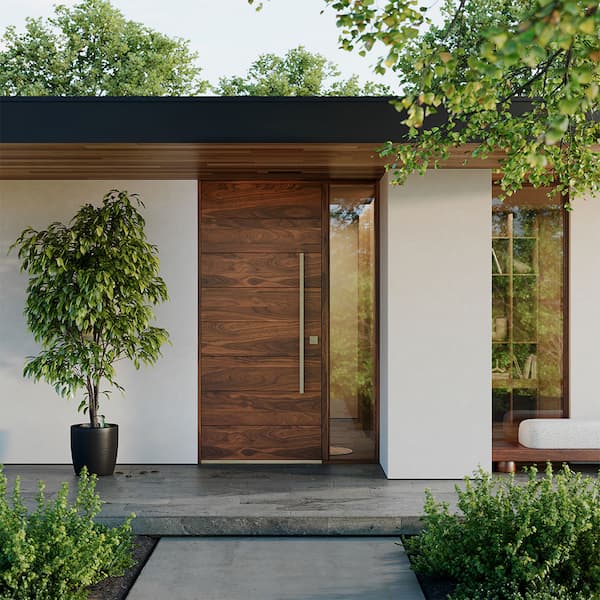


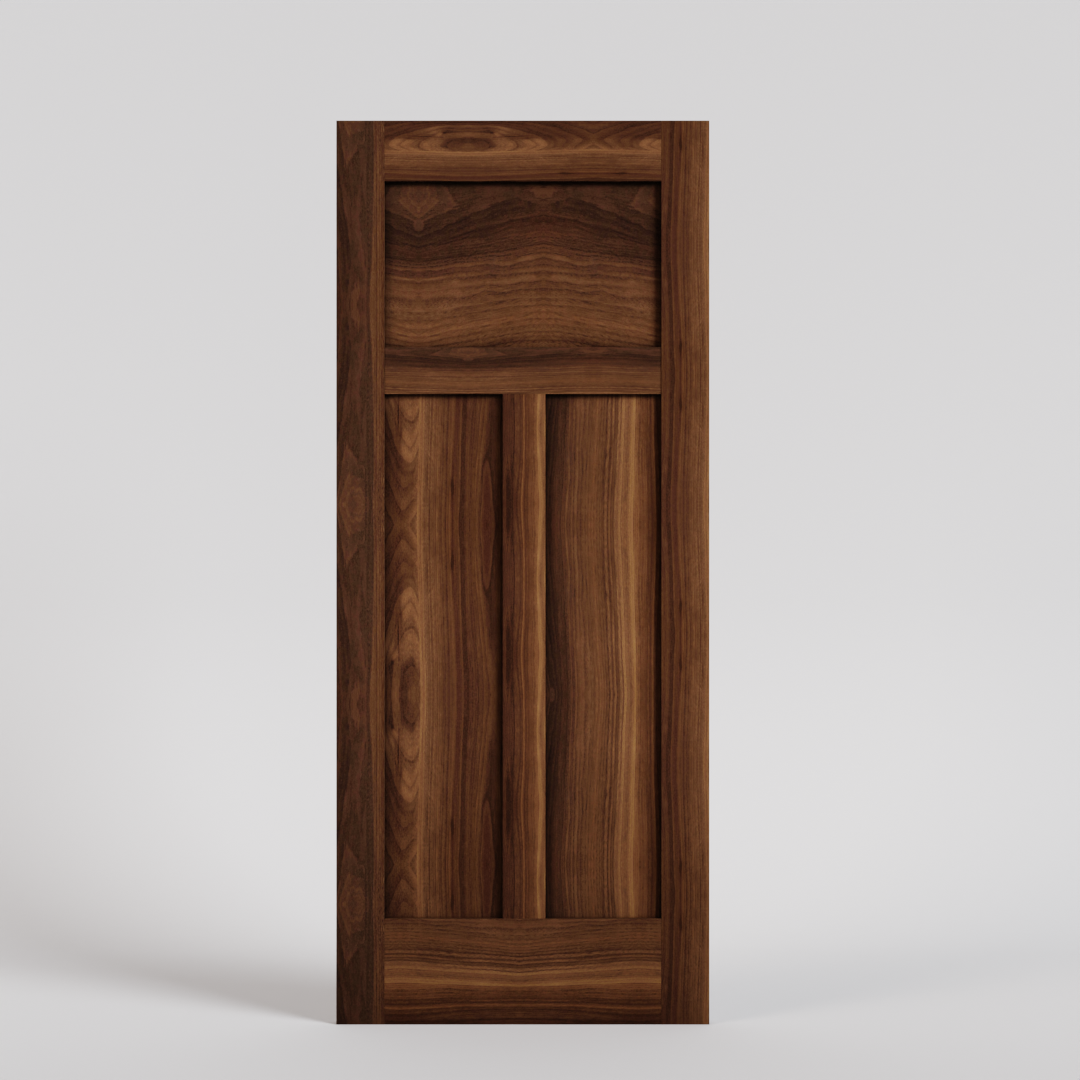
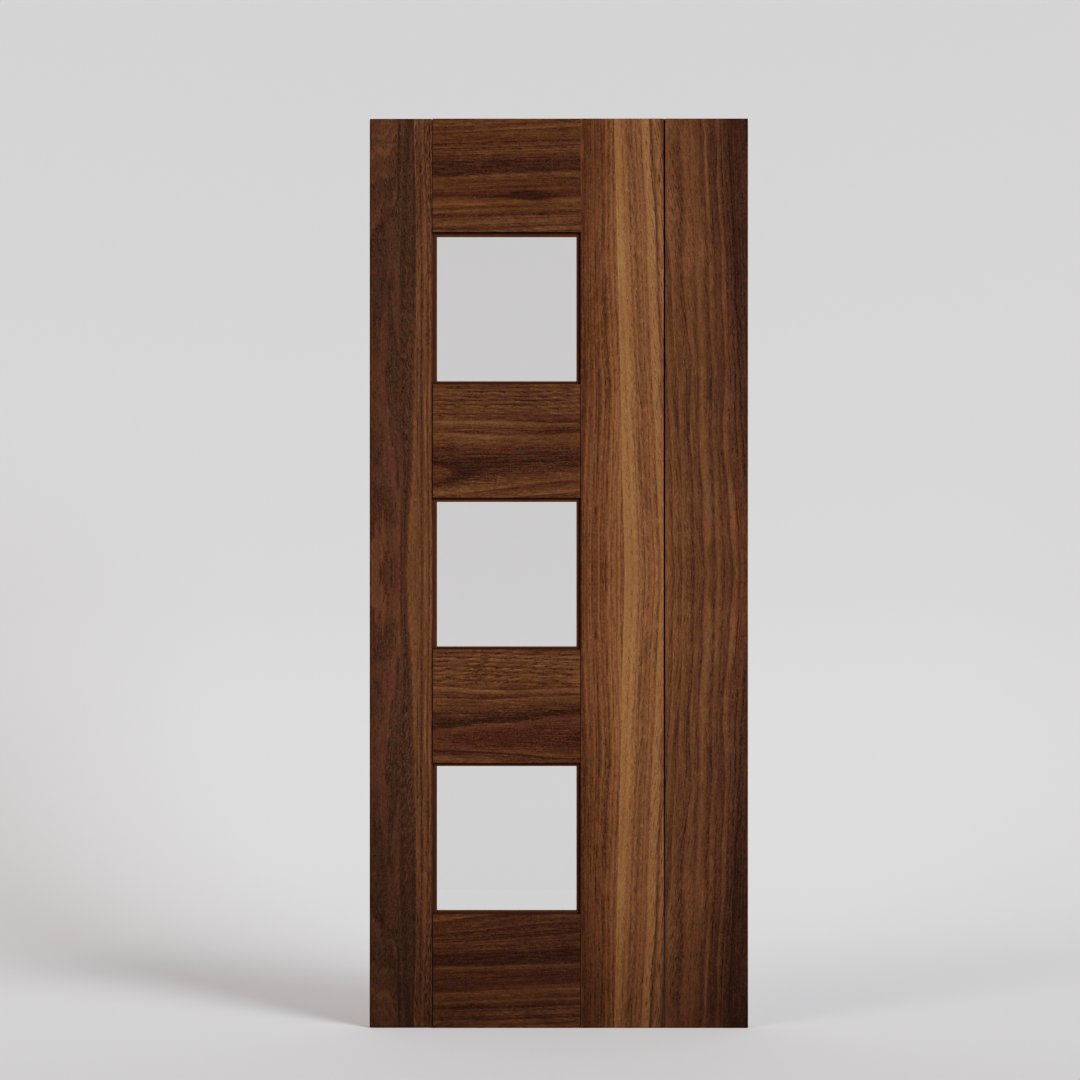
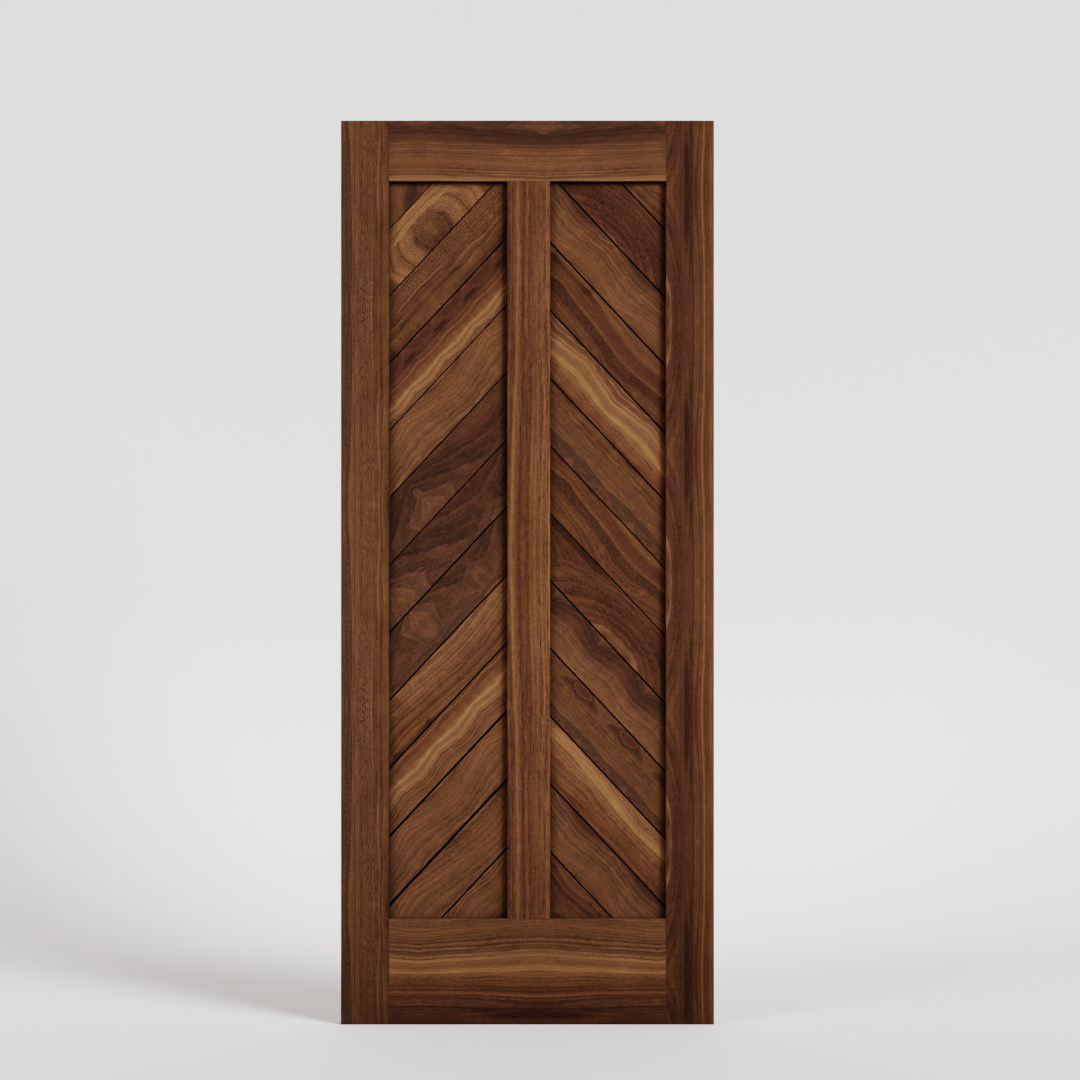
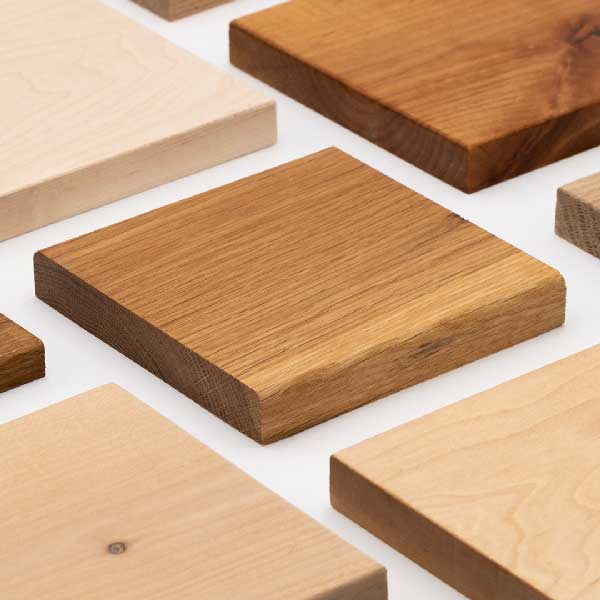

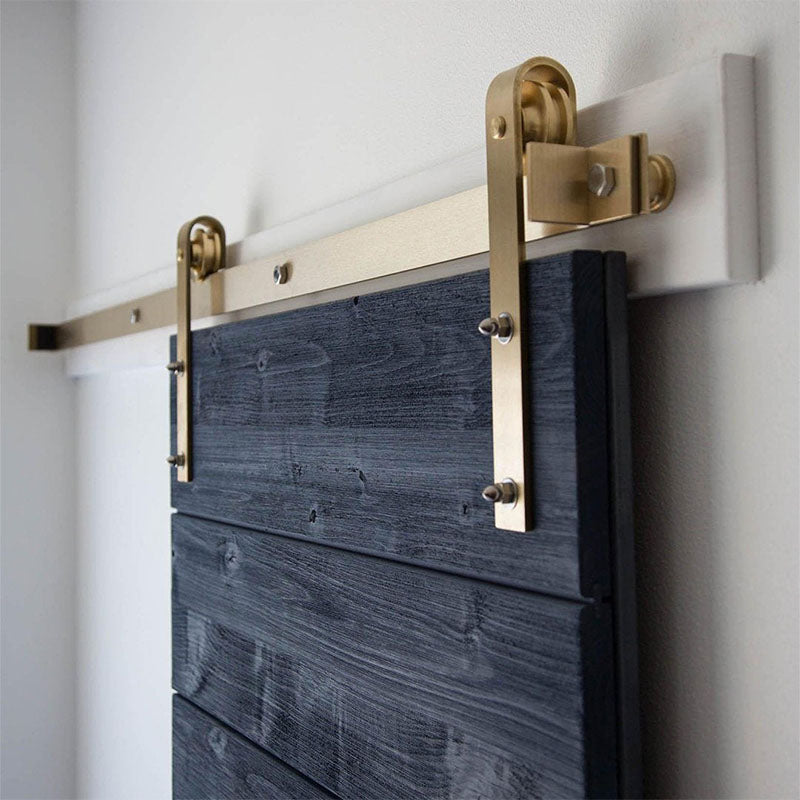
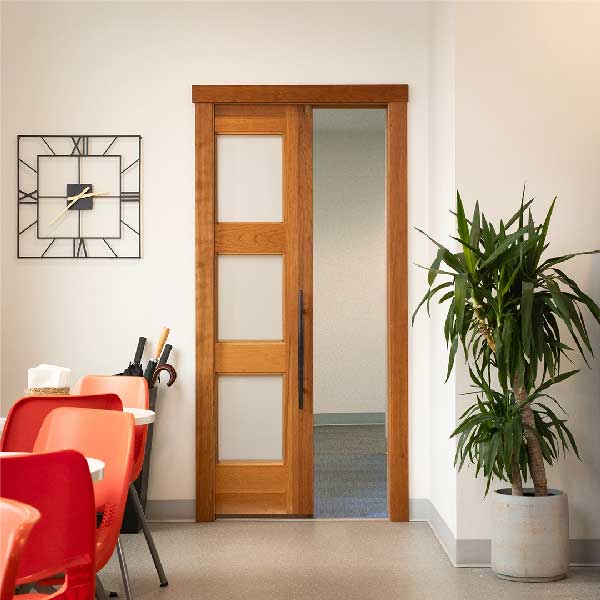

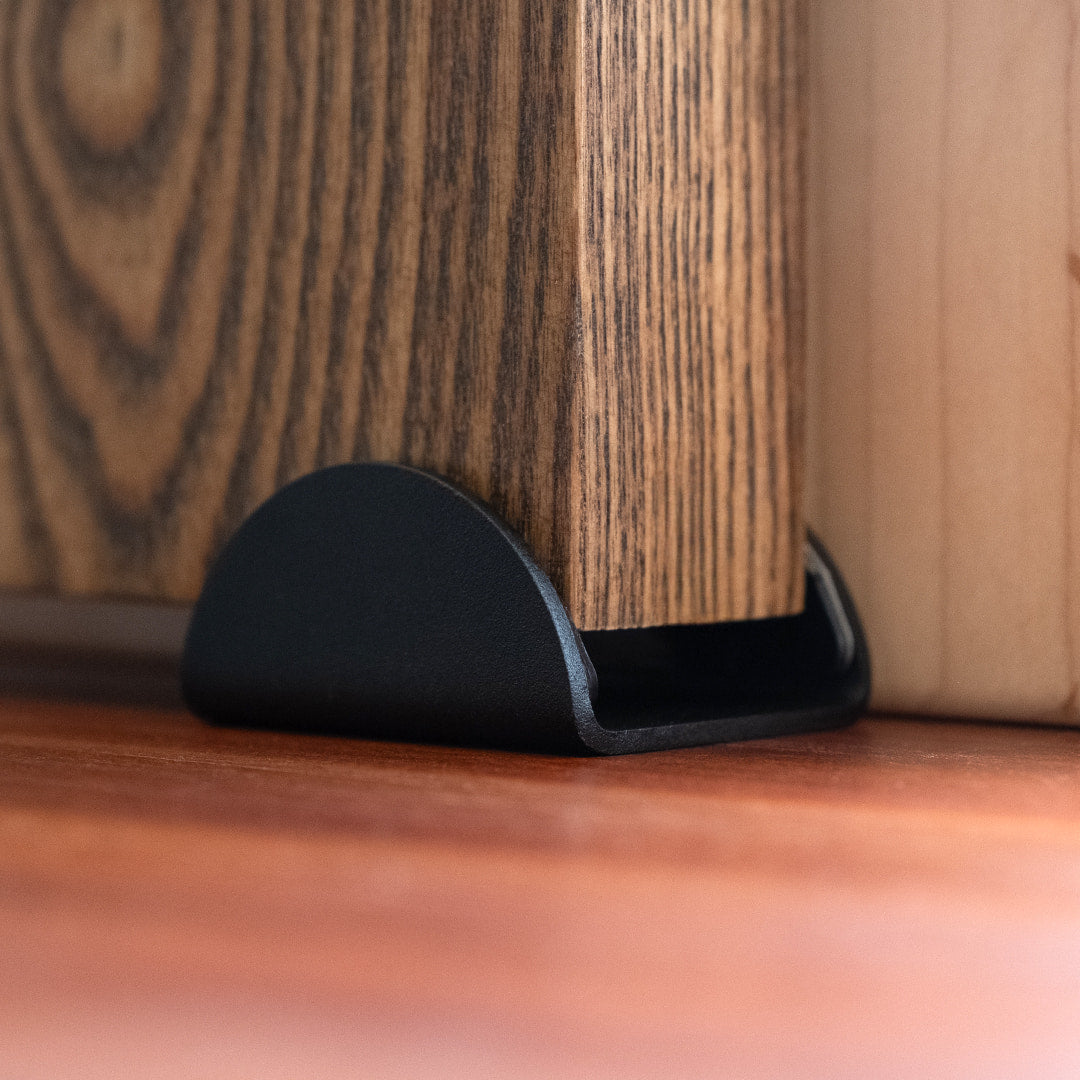
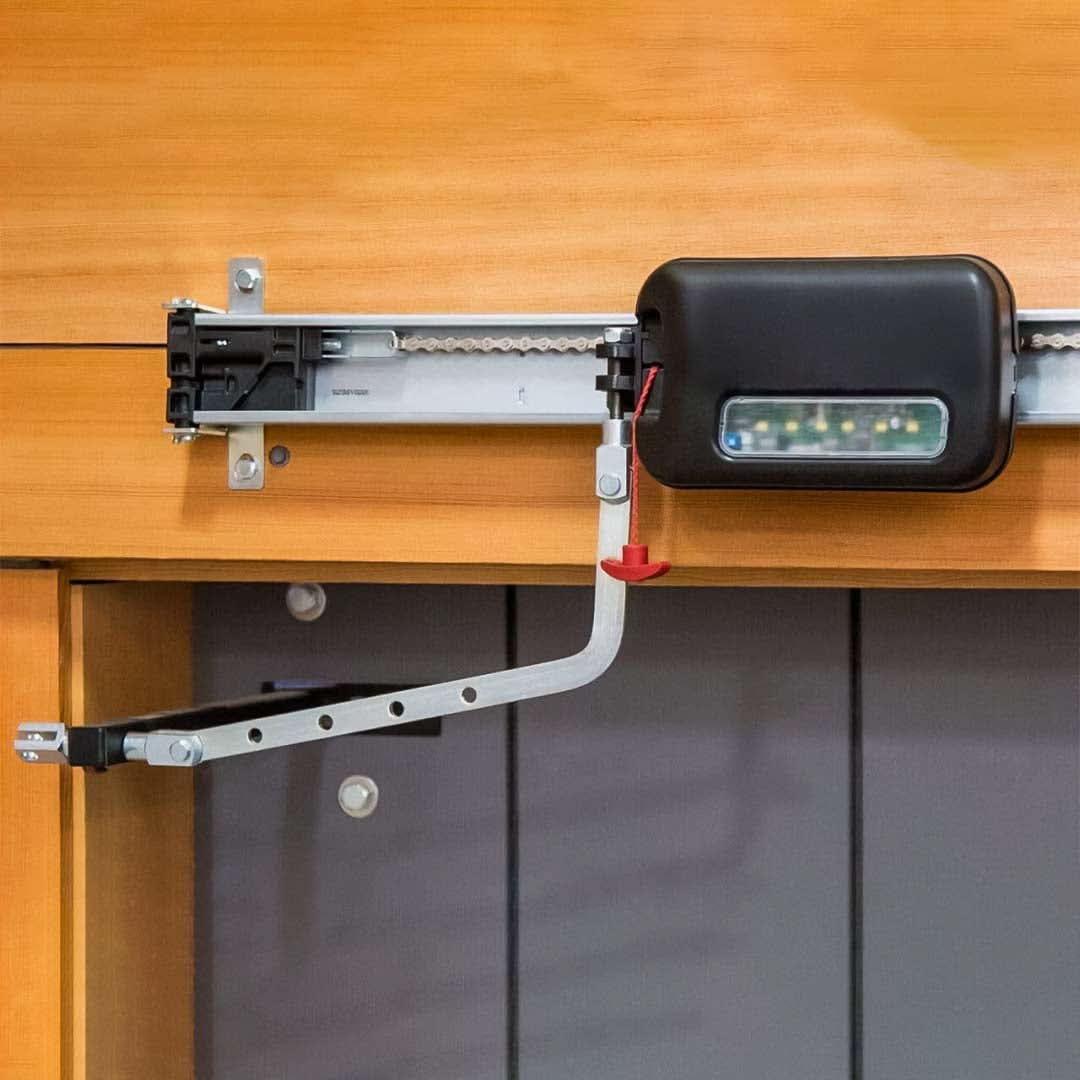






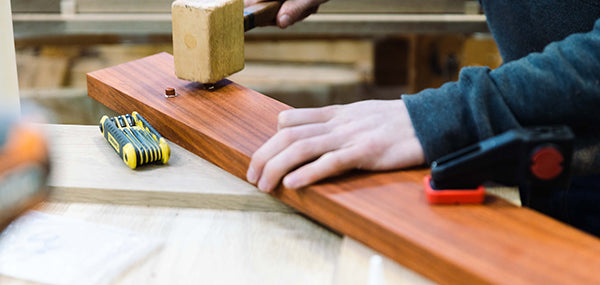



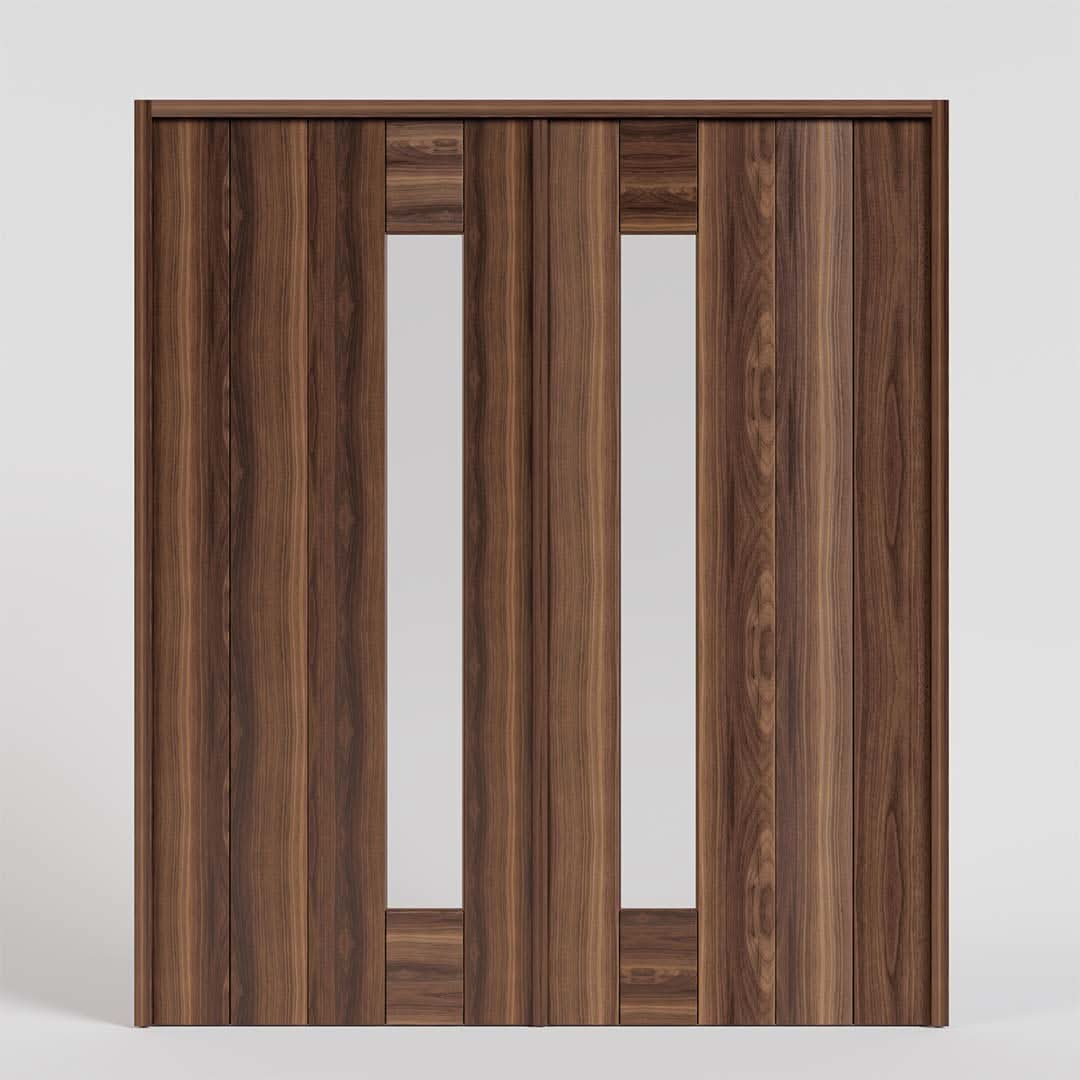
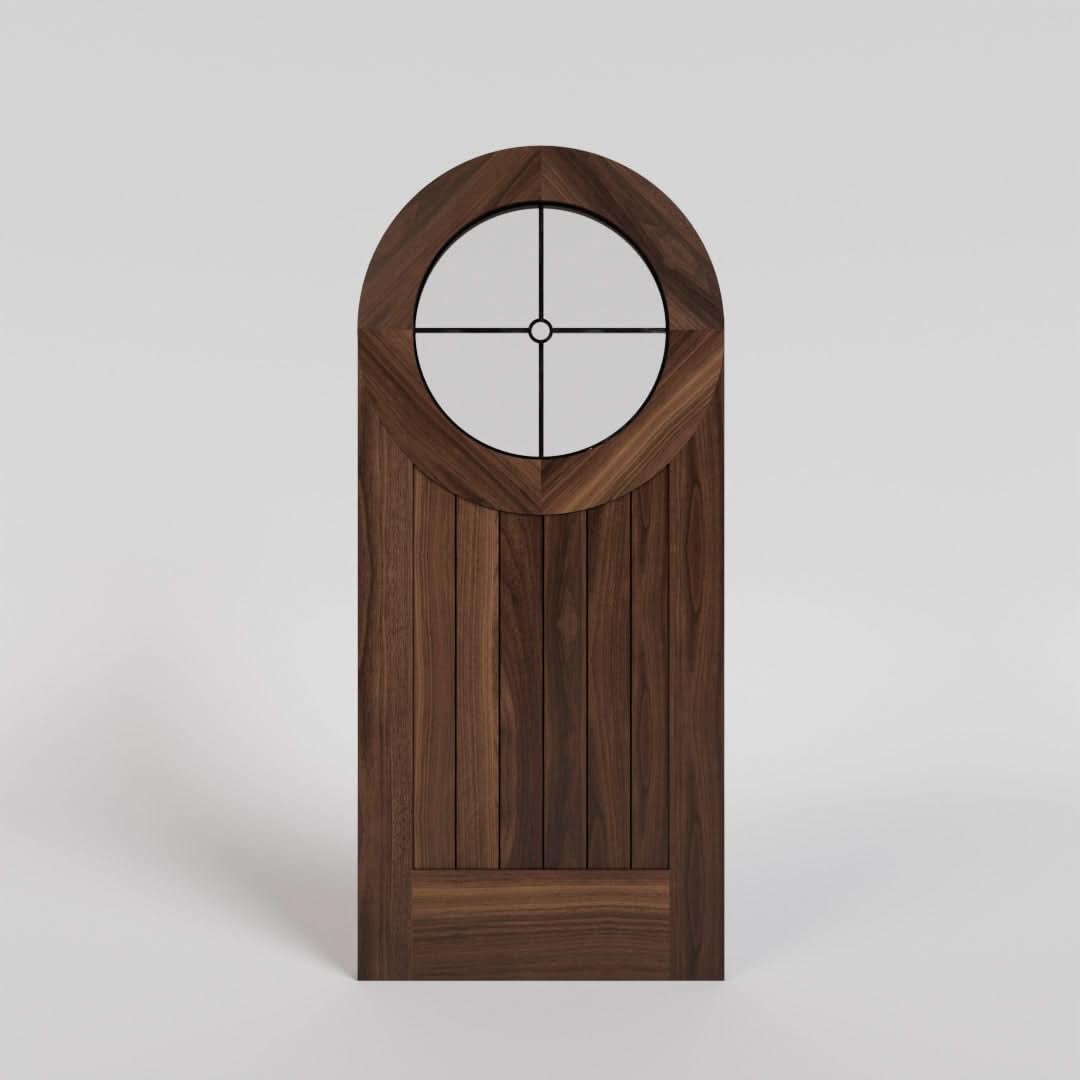
Ralph jurado
February 21, 2024
Client interested in flooring made from this material…do you know anyone who mills this product on a regular basis…3/4 × 3 or 4 or 5 or 6 or 7" wide and 3/4 " thick… please advise possible lengths…nofma spec’s…
T+G all4 sides…what about grading..tks for any help.. RJ